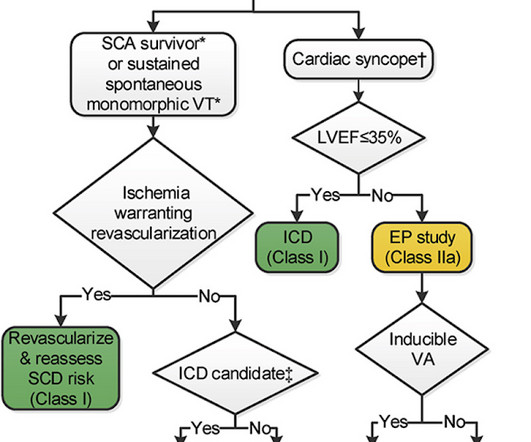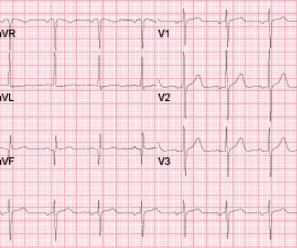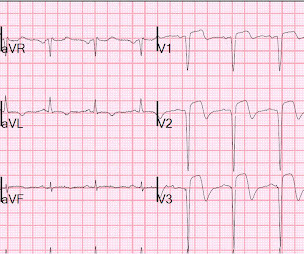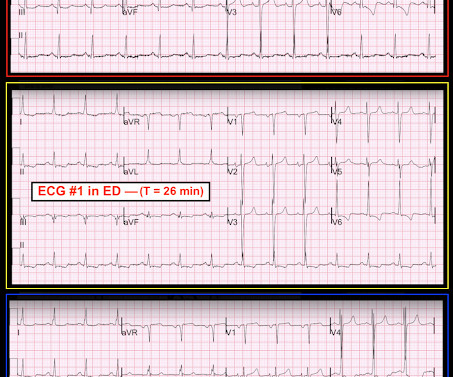VF arrest at home, no memory of chest pain. Angiography non-diagnostic. Does this patient need an ICD? You need all the ECGs to know for sure.
Dr. Smith's ECG Blog
JUNE 23, 2024
This was interpreted by the treating clinicians as not showing any evidence of ischemia. Given the presentation, the cardiologist stented the vessel and the patient returned to the ICU for ongoing critical care. He was intubated in the field and sedated upon arrival at the hospital. Two subsequent troponins were down trending.













Let's personalize your content